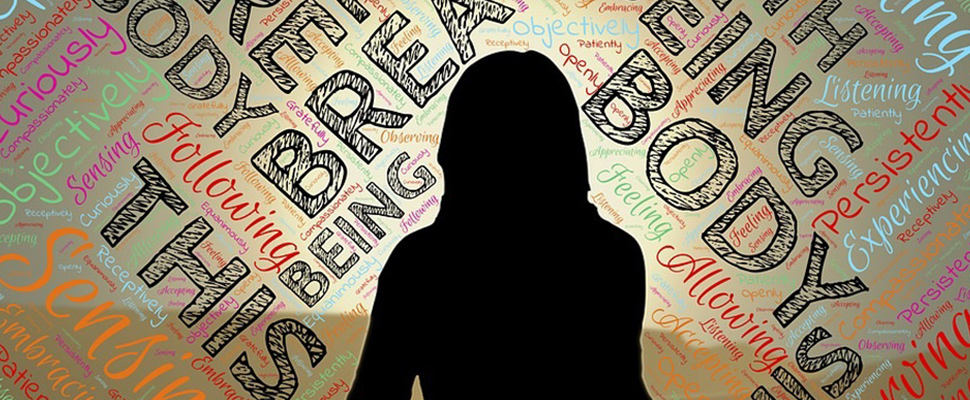5 curious facts about how breathing right can change your life
Here are some facts that explain why science and millenary traditions coincide on the importance of breathing consciously

Surely most of us have ever been told to “breathe”, but what happens when we take these breaks? For yogis, in inhalation there is a mystical and spiritual component; for scientists it is simply oxygen that reaches the mitochondria of cells. However, breathing exercises are not simple new age fashions.
1. Brain activity is modified according to the type of breathing: when we inhale, we remember and perceive emotions more quickly.
A study conducted at the Northwestern University Feinberg School of Medicine ensures that the type of breathing can affect memory and the identification of emotions. The study was based on several experiments in which participants’ brain activity was observed while responding to a stimulus. The surprise came when it was found that the answers used to be faster and more precise the times that an inhalation was made before the stimulus presented.
The evidence obtained allows us to conclude that both the amygdala and the hippocampus – two areas of the brain that are closely linked to emotional intelligence and long-term memory – increase their activity when the person performs an inhalation. The way in which information is processed varies according to whether you are inhaling or not, at a specific time. In this sense, it is stated that rapid breathing, such as that which occurs during panic attacks, works so that the person can react more quickly and accurately. An inhalation performed strategically can help you to perceive emotional information that probably, without inhaling, you would let pass.
2. The art of breathing has interested humanity since immemorial times.
Do you know what pranayama is? It is a Sanskrit word that is used to refer to the breathing exercises that are part of yoga. The Sanskrit is originally from India and various studies show that it exists approximately from the fifteenth century BC. Pranayama is more than 35 centuries old and its objective is to promote a wise relationship with the act of breathing to harmonize the encounter with the prana itself. That is, with the vital or cosmic energy of the person. The conscious breathing exercises represent a concrete act at a physical level that the practitioner performs. However, the intention of teaching is to link the human being with his spiritual dimension (emotional intangible) through different types of breathing.
3. Can you live on air and light?
Today there are people who, despite not being strictly practitioners of yoga and pranayama, have experimented with breatharianism, an experience based on the very premise of prana as the subtle vital energy that sustains everything. In 2013 Naveena Shine, an English resident in Seattle, made this experimental trip and achieved 47 days living only by air. She documented her case through her social networks.
4. Does our body produce carbon dioxide?
Thanks to the inhalation, the oxygen is taken to the mitochondria of all the cells through the blood, later the carbon dioxide is released through the exhalation. An excess of this gas in our body is harmful, so through the exhalation we discard it. Every day, a person generates approximately 900 grams or 450 liters of carbon dioxide. However, a fair dose of CO2 is necessary to maintain our normal biochemical processes. Dr. Konstantin Buteyko stated that this concentration should be 6.5% in the blood. Many times the neglect in the act of breathing leads us to suffer alterations in these levels, and that is when the exercises of conscious breathing pose a solution.
5. How many breaths do we make per day and how much oxygen do we take?
In 24 hours, a human being performs approximately 20,000 breaths unconsciously and involuntarily and thanks to this process our cells can grow. During one day, our body acquires approximately between 7,000 and 8,000 liters of oxygen. The breathing process is so automatic that many times we neglect it and breathe badly, thus depriving our cells of the amount of oxygen they need to regenerate. Through conscious breathing exercises, we can increase the supply of oxygen to the cellular mitochondria and then those who are sick are more likely to return to normal.
If you are interested in continuing to know more about this topic, visit Breathingearth so you can know about CO2 emissions live and direct. Also Exercises with Dr. Buteyko’s method so you can know more about the power of breathing in health.
Latin American Post | Ignacia Ravelo
Translated from “5 datos curiosos sobre respiración, inteligencia emocional y energía celular”





